Simulating AGN feedback
Arnau Quera-Bofarull
Supervised by: Cedric Lacey, Chris Done & Richard Bower
A study of AGN line-driven winds
What is AGN feedback?
Energy coupling between the central black hole and its host galaxy.


Joint evolution of BH and Galaxy
- This energy coupling implies a joint evolution between the black hole and the host galaxy.
-
BH mass is correlated with bulge luminosity and velocity dispersion across a wide range.
Kormendy and Ho (2013)
Black Hole Mass
Bulge velocity dispersion

Kormendy & Ho (2013)
Effects on galaxy population.
Image credit: Mutch et al (2013)

Mass
Mass Function
(log) Mass Number Count
Stellar Mass
Schaye et al (2014)
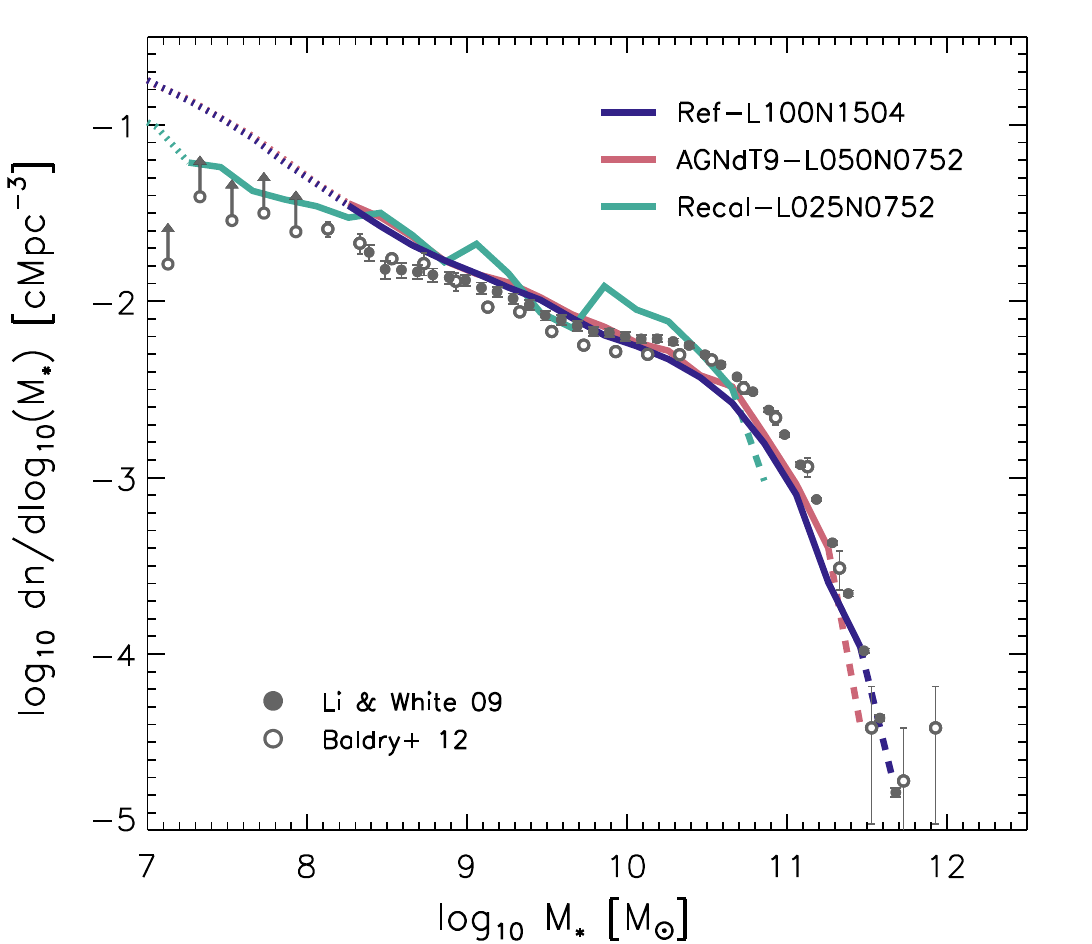
AGN ( and supernova) feedback are needed to match observations.
The origin of the coupling: Accretion
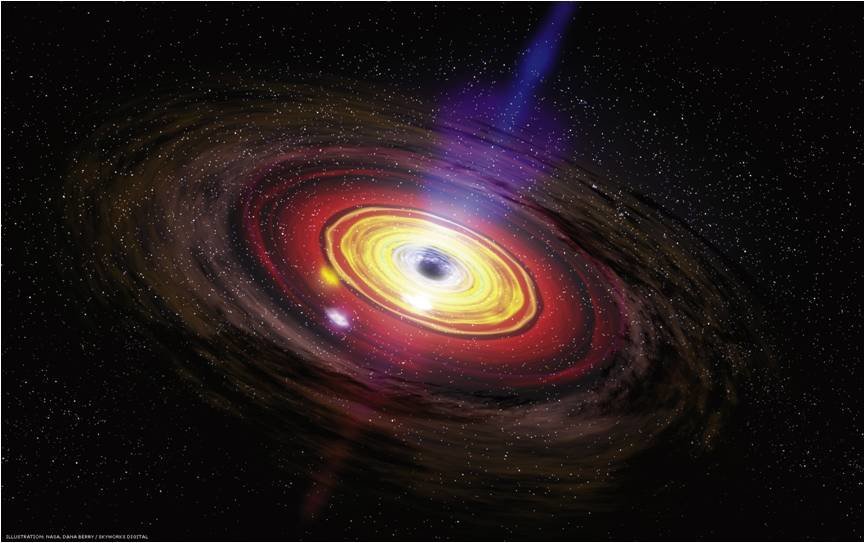
Credit: NASA/Goddard Space Flight Center
- Matter falls in gaining kinetic energy.
- Part of this energy released as radiation.
Fun fact: throwing 50kg down to a black hole powers the UK electric grid for a year!
Is that enough to alter the galaxy?
More than enough energy...
Can this radiation be (minimally) coupled with the surrounding material?
Eagle AGN feedback
In EAGLE, a fraction of the radiated energy from accretion is coupled thermally to the surrounding gas.
Calibrated to match observations (ϵ = 0.15).
Since final BH masses depend on it, they are not a prediction of the simulation.
Ideally, ϵ should be derived from first principles.
Feedback mechanisms
Radiative mode
Kinetic mode
Winds
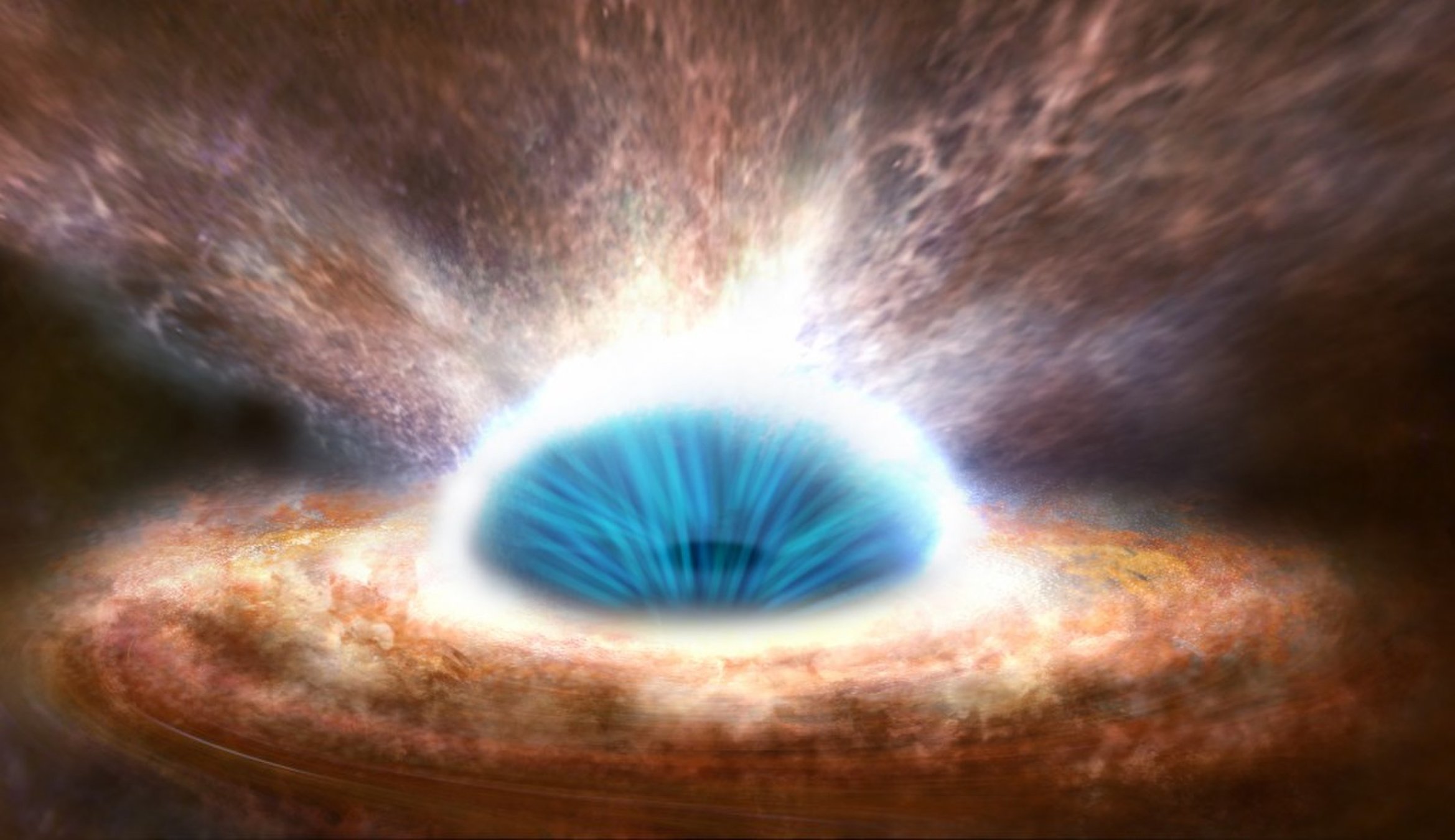
Credit: ESA/ATG medialab

Credit: NRAO/AUI
Jets
Radiation vs Gravity
The Eddington Limit
Luminosity
Opacity
How do we create a wind?
Radiation vs Gravity
The line-driving mechanism
Opacities can be much larger than free electron scattering.


Ionisation parameter
Castor, Abbot & Klein (1975)
Force Multiplier
The setup













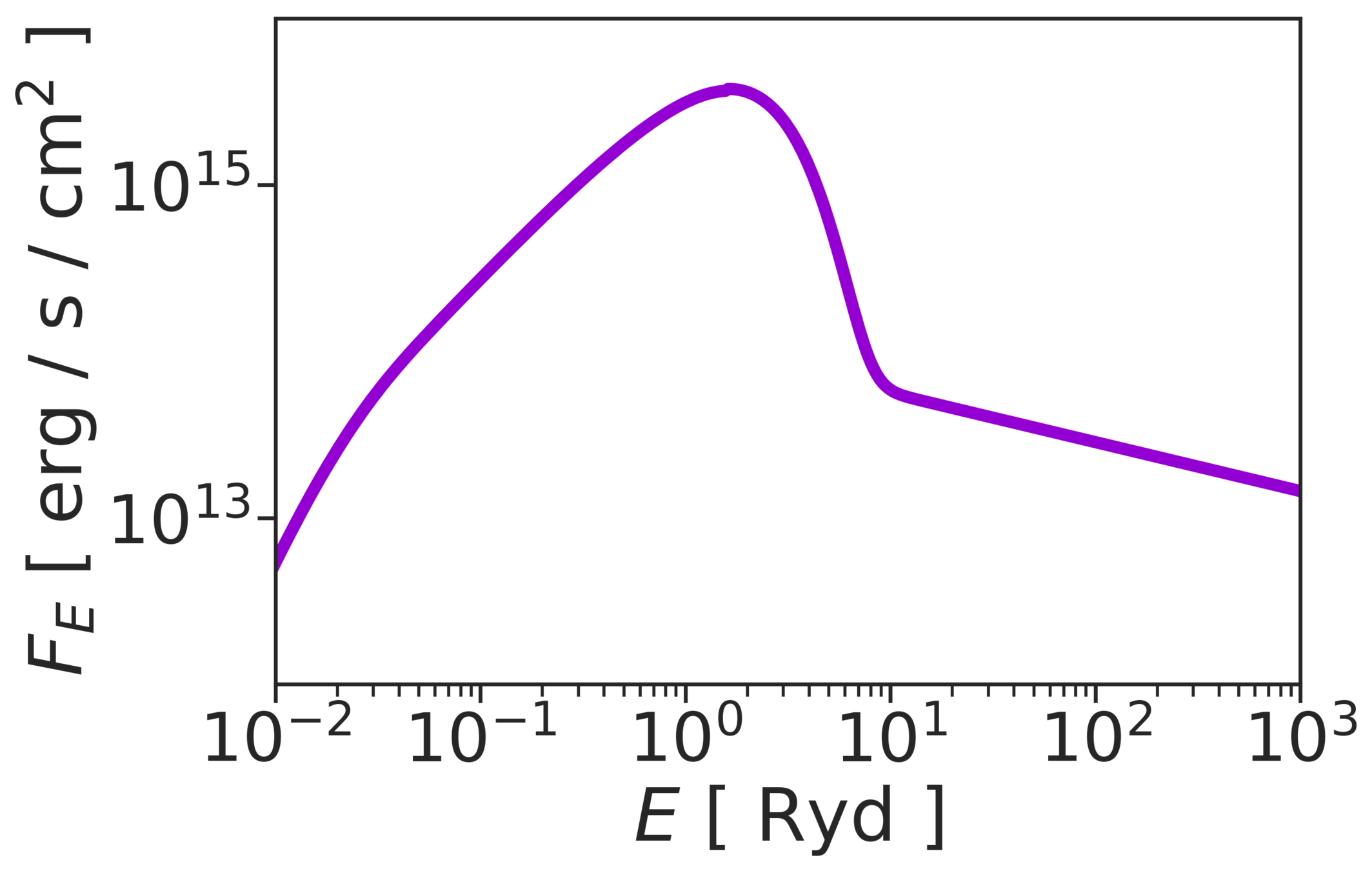
Need to shield against X-Rays
How to drive a wind
X-Rays vs UV

- Need a shielding mechanism that sets ξ < 100 at ~ 100-400 Rg.
- Most of the work so far, e.g.,
- Proga & Kallman (2000, 2004)
- Risaliti & Elvis (2010)
- Nomura et al ( 2013, 2016, 2017, 2018)
assumes X-Ray opacities to be
Simulating line-driven winds
Different approaches
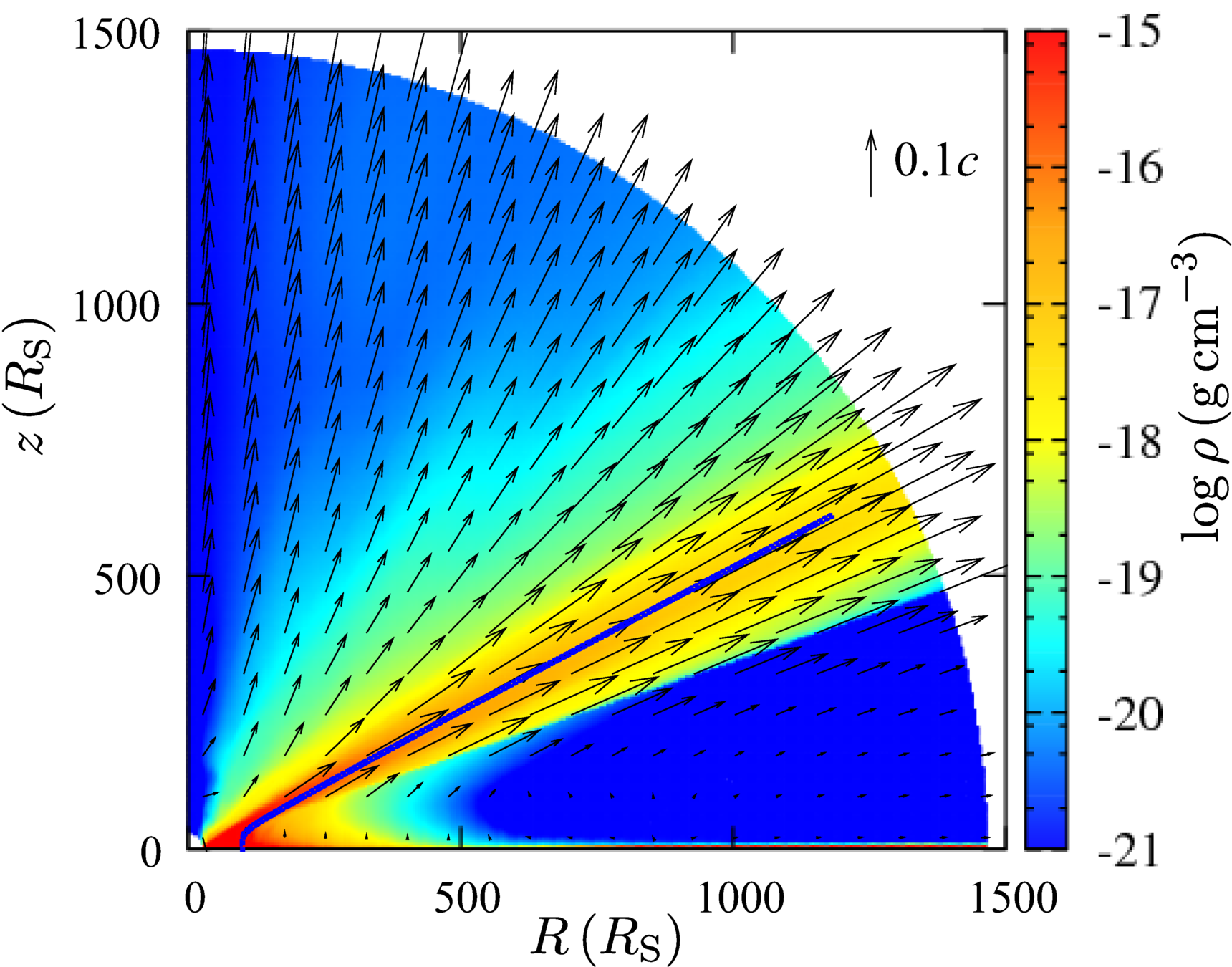
Disc radius [Rs]
Height [Rs]
Density
Nomura et al (2018)
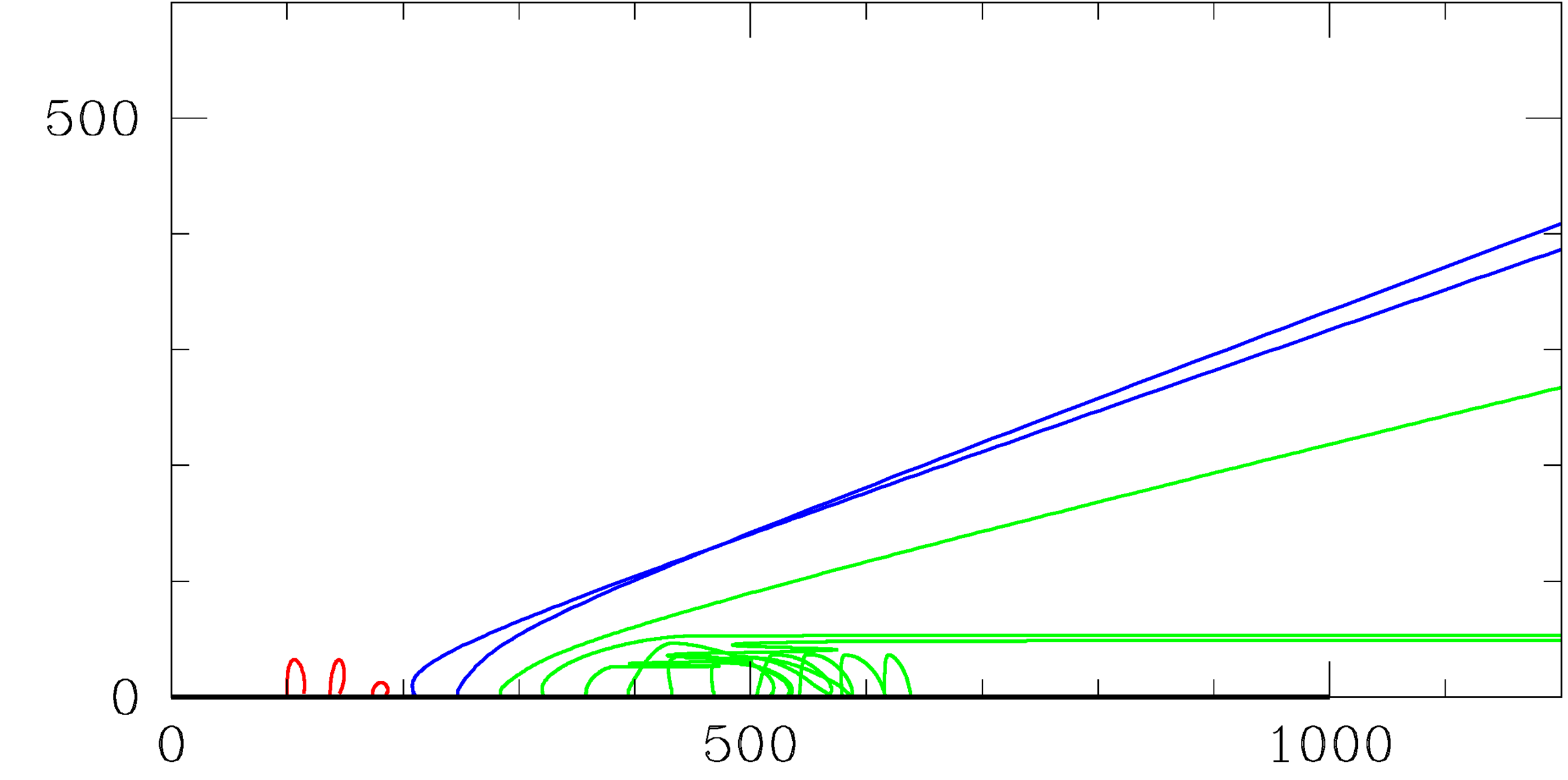
Hydro
Disc radius [Rs]
Height [Rs]
Qwind model, Risaliti & Elvis (2010)
Non-hydro
- Accounts for gas pressure and heating/cooling.
- Slow
- Neglects gas pressure forces.
- Lots of independent input parameters
- Very fast.
Shielding
Our goal: improve Qwind (non-hydro)
Following the same non-hydro approach, we are working on a new code with major improvements:
- Fully written in Python while keeping performance, and open source.
- Sensitive treatment of the radiation field, motivated by Cloudy runs.
- Reduced number of input parameters.
- Self-consistent with the disc structure, i.e, mass loss due to wind should change accretion rate, and thus luminosity.
X-Ray opacities with Cloudy
Current simulations overestimate X-Ray obscuration.
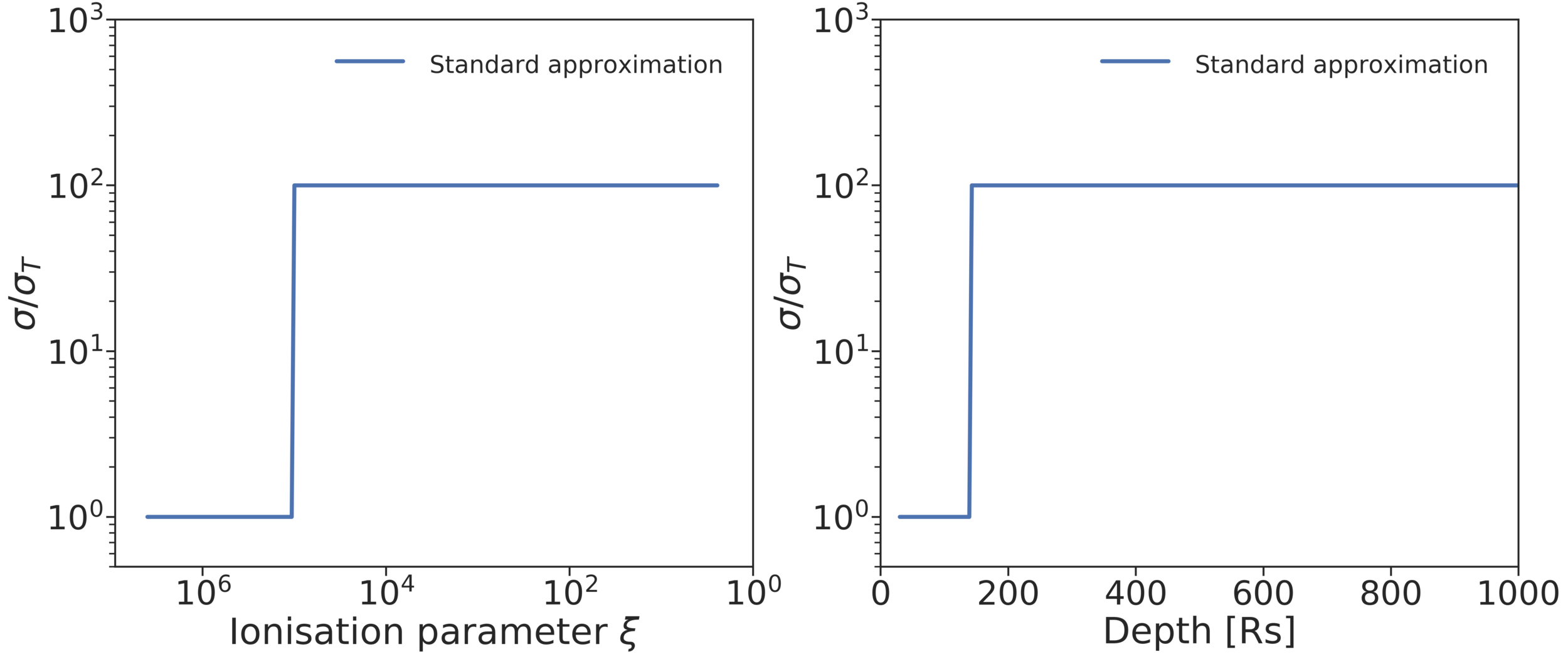

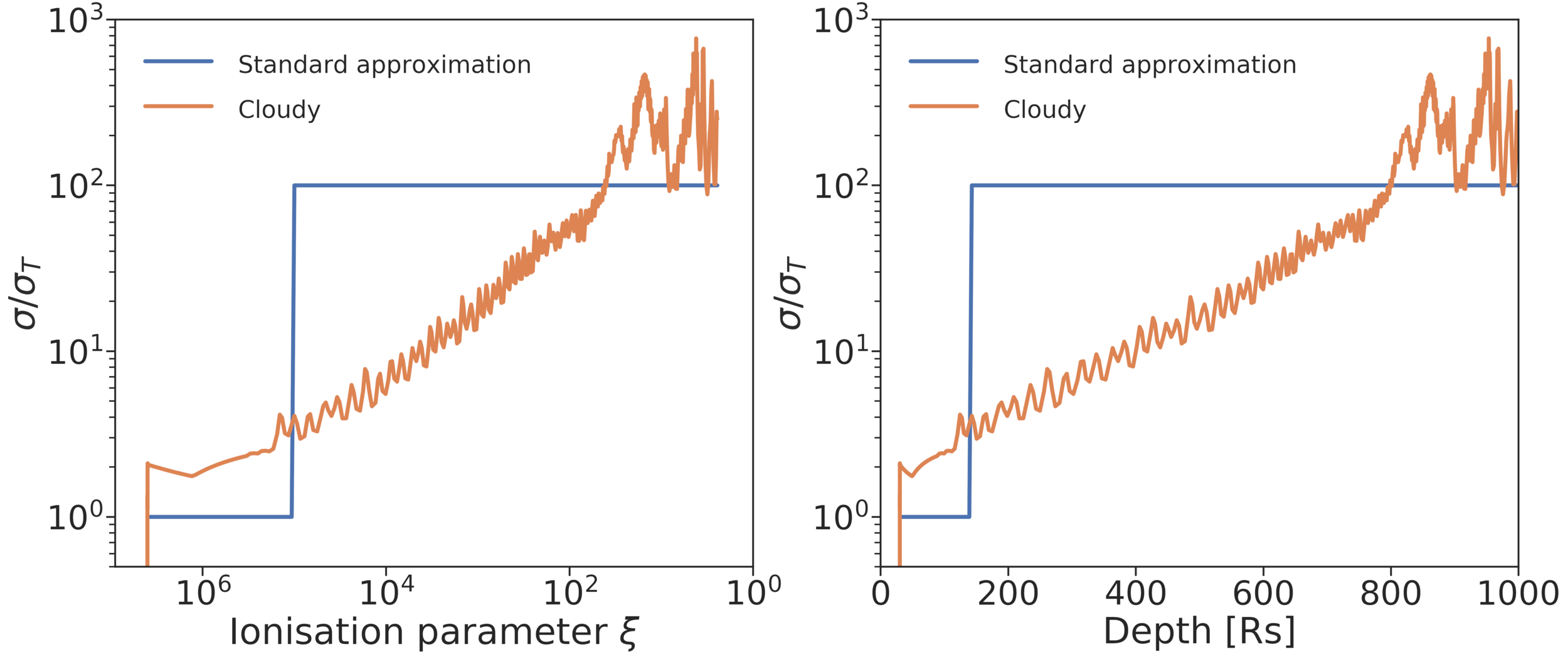
How bad is it?
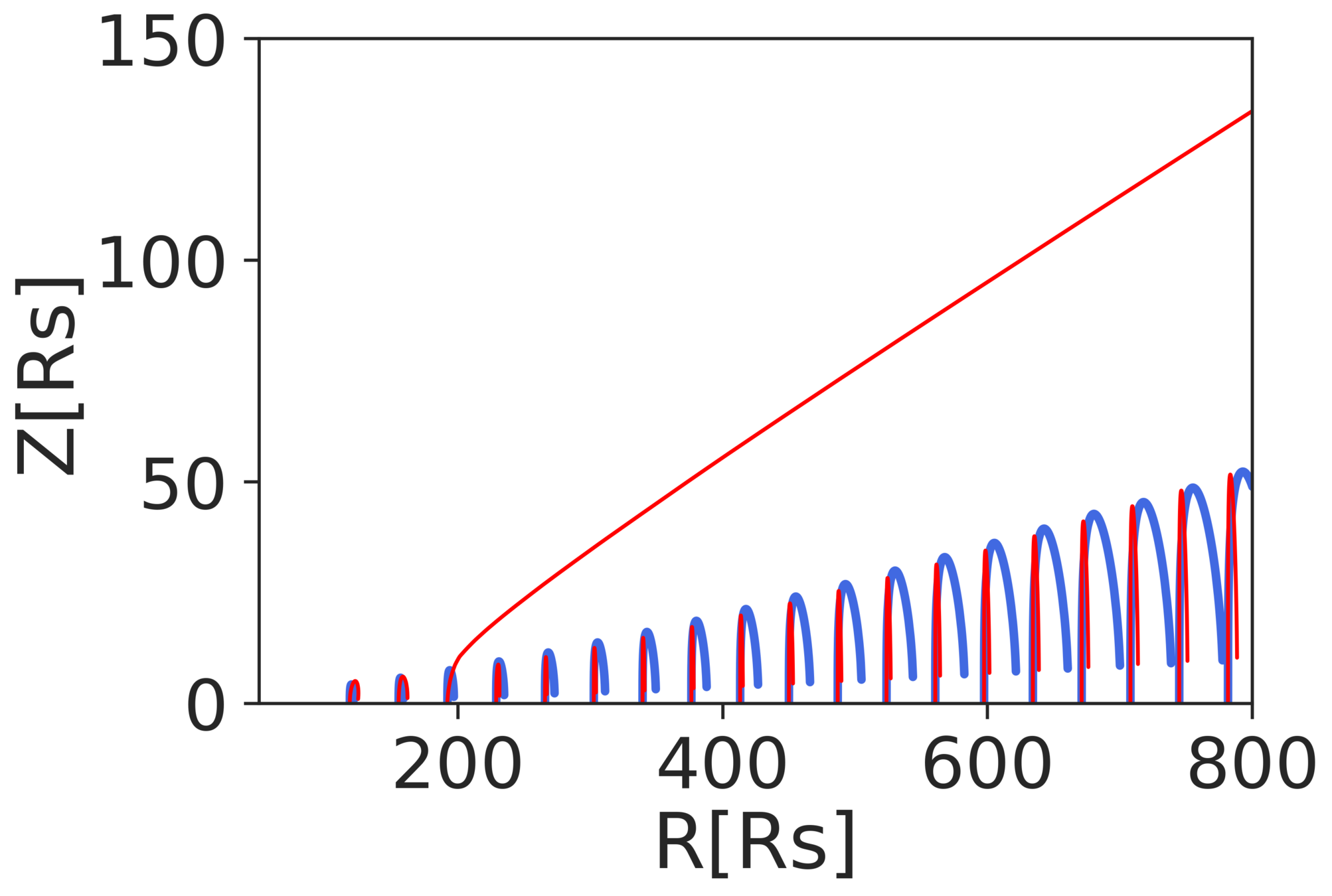
Qwind code, old Opacities
New opacities,
with no UV obscuration
Conclusions
- AGN Feedback is one of the cornerstones of cosmological simulations.
- Line-driven winds are a strong candidate for setting M-σ relationship, as well as the feedback efficiency.
- We need to improve our line-driven winds models, making them more physically motivated and self consistent.
TO-DO
- Improve numerical code for line-driven winds.
- Scan parameter range to deduce feedback efficiency.
- Implement new feedback scheme in cosmological simulations.
Simulating AGN feedback
By arnauqb
Simulating AGN feedback
- 833



